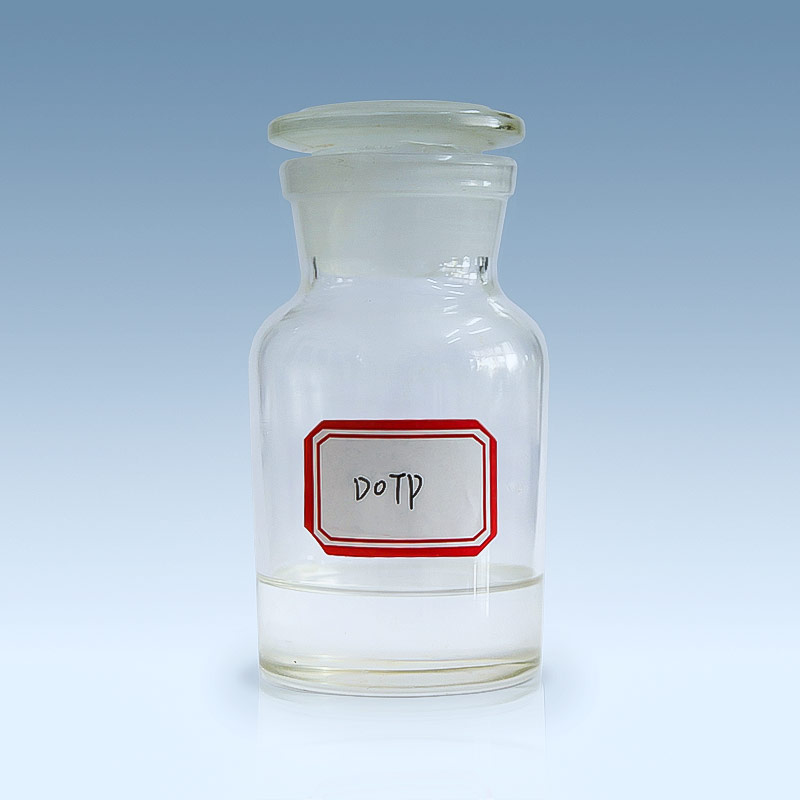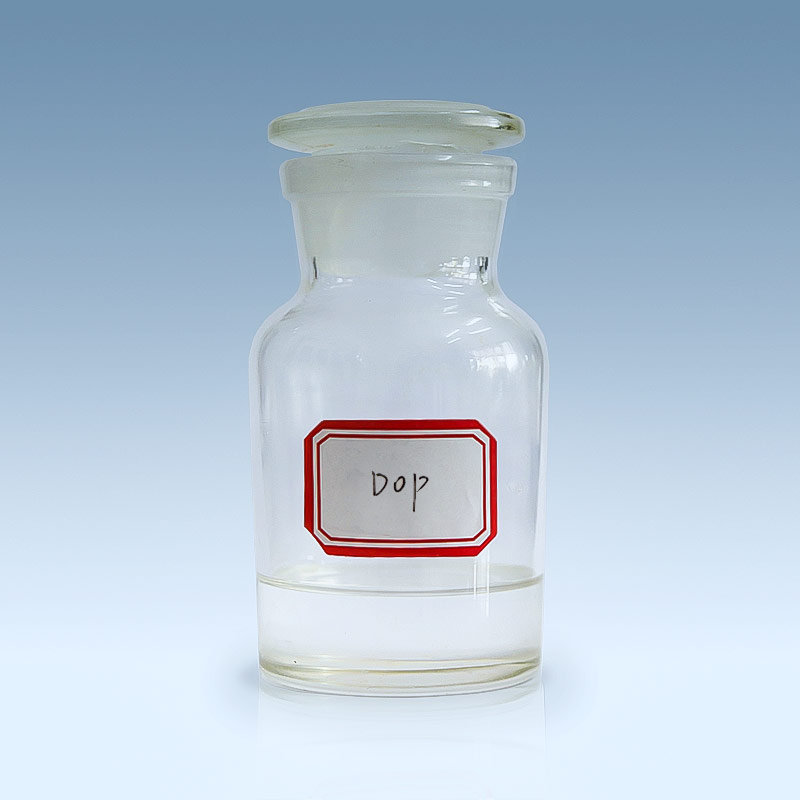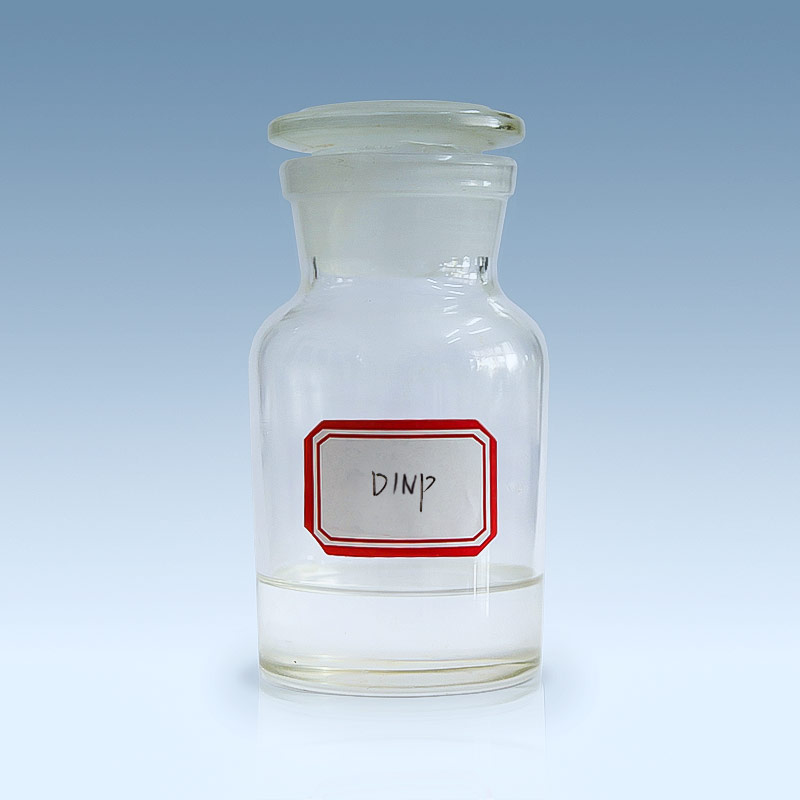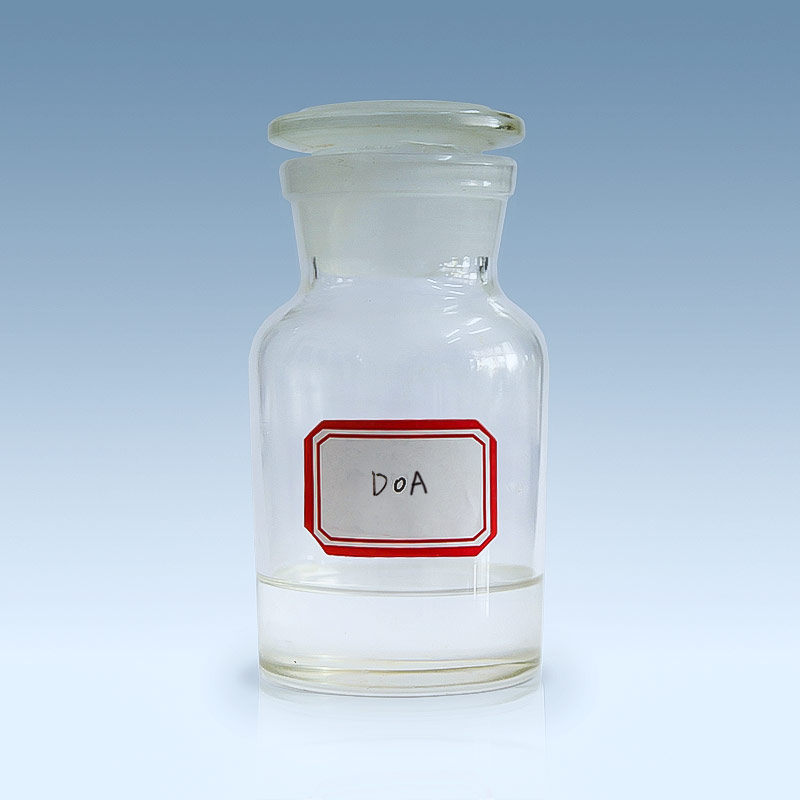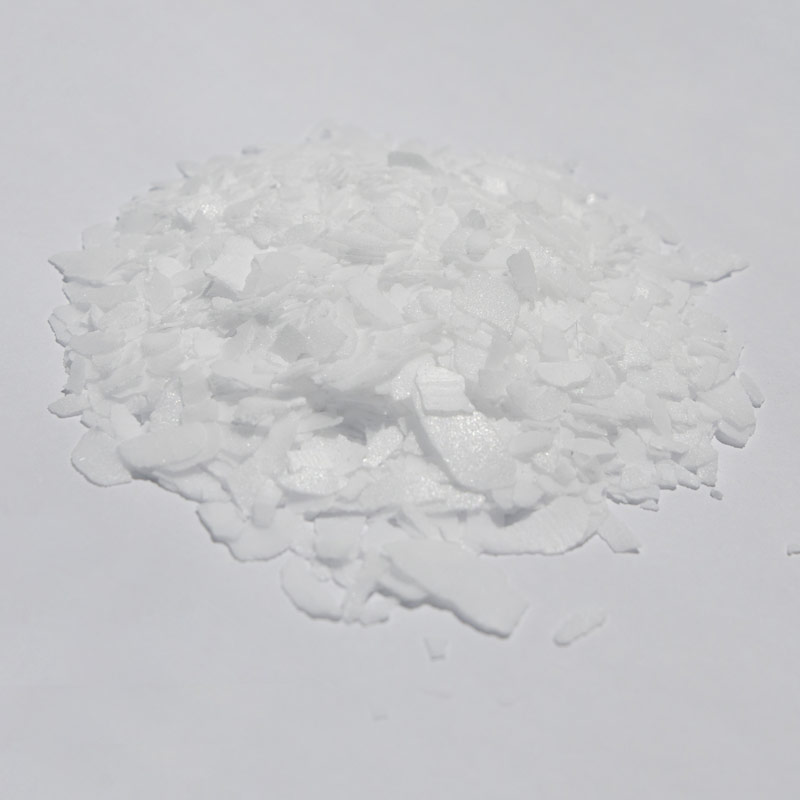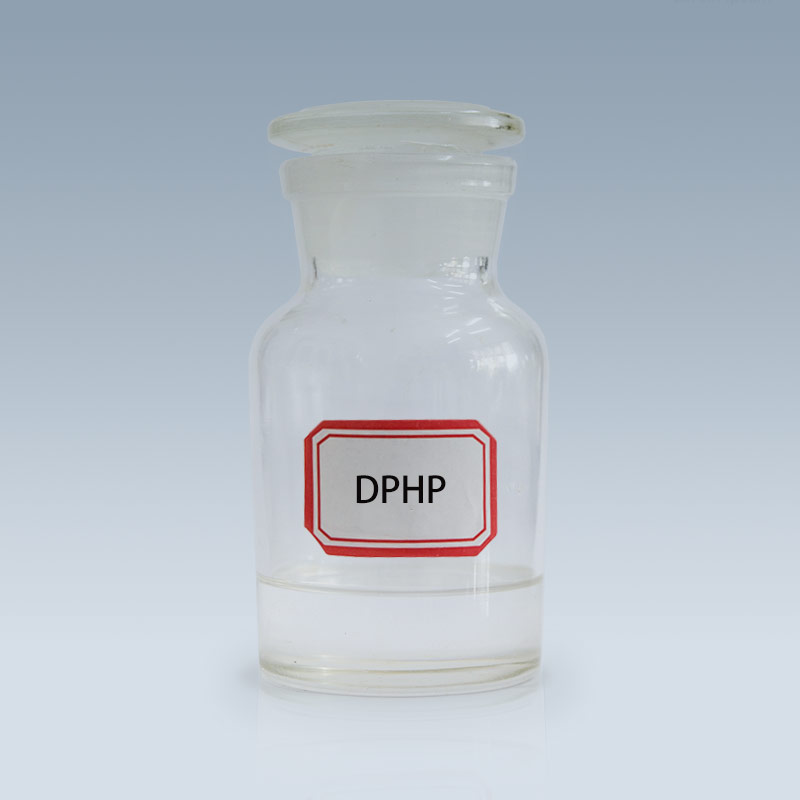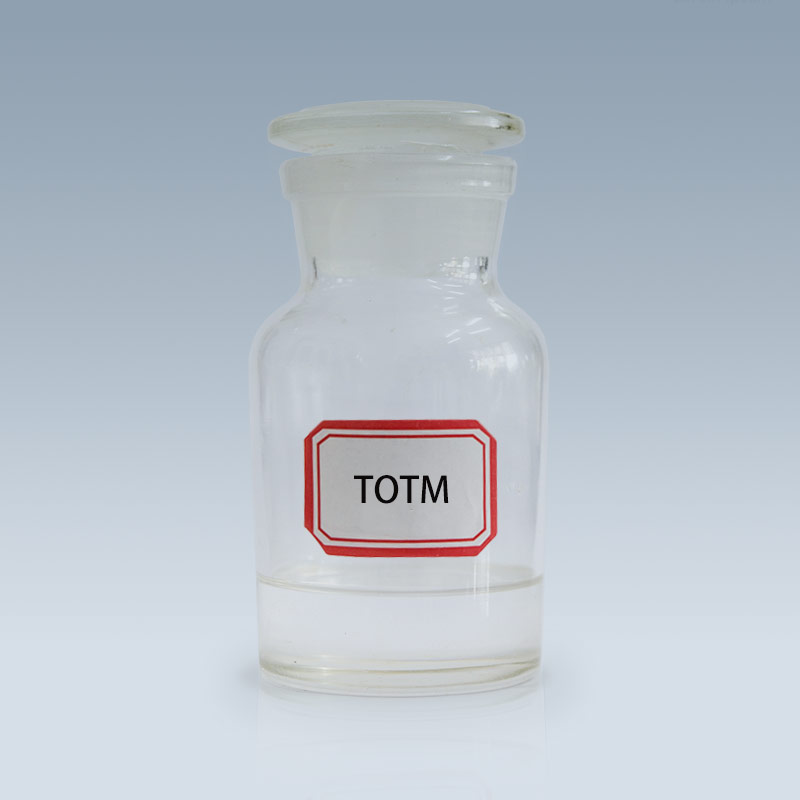Polymers, in their native state, often possess a rigid and sometimes brittle character that can limit their utility in various applications. To overcome these limitations and impart desired flexibility, processability, and durability, plasticizers are incorporated into their formulations. These additives, typically low-volatility organic compounds, fundamentally alter the physical properties of a polymer by modifying its internal structure and intermolecular forces. Understanding the intricate mechanism by which plasticizers achieve these changes is crucial for the rational design and application of polymeric materials.
Understanding Polymer Rigidity
Before delving into the role of plasticizers, it's important to grasp the sources of rigidity in unplasticized polymers. Polymers are composed of long molecular chains, and their properties are largely determined by the interactions between these chains. In rigid polymers, strong intermolecular forces such as van der Waals forces, hydrogen bonding, or dipole-dipole interactions create a highly cohesive network. This restricts the segmental motion of the polymer chains, meaning that individual portions of the chains are unable to move freely past one another. This limited mobility translates to a high glass transition temperature (Tg), a critical temperature below which the polymer behaves like a rigid, glassy solid.
The Role of Plasticizers: A Molecular Lubricant
Plasticizers function primarily as "internal lubricants" or "spacers" within the polymer matrix. When a plasticizer is mixed with a polymer, its molecules intercalate themselves between the polymer chains. This insertion has several key consequences:
1. Reducing Intermolecular Forces
The most significant effect of plasticizers is the attenuation of attractive forces between polymer chains. The plasticizer molecules, being smaller and often more polar than the polymer segments, effectively screen or dilute the strong polymer-polymer interactions. By introducing new, weaker plasticizer-polymer interactions (or simply separating the polymer chains), the overall cohesive energy density of the system is reduced.
2. Increasing Free Volume
The intercalation of plasticizer molecules also leads to an increase in the free volume within the polymer matrix. Free volume refers to the empty space between polymer chains that is not occupied by the polymer molecules themselves. As plasticizer molecules insert themselves, they push the polymer chains further apart. This increased void space allows for greater segmental mobility of the polymer chains.
3. Enhancing Segmental Motion
With reduced intermolecular forces and increased free volume, the mobility of the polymer segments significantly increases. The polymer chains can now more easily slide and rotate past one another. This enhanced chain movement manifests as increased flexibility, elasticity, and a reduction in the polymer's modulus (stiffness).
4. Lowering the Glass Transition Temperature (Tg)
A direct consequence of increased segmental motion is a depression of the glass transition temperature (Tg). As plasticizers allow the polymer chains to move more freely at lower temperatures, the transition from a rigid glassy state to a more flexible rubbery state occurs at a lower temperature. This is a critical effect for processing, as it allows polymers to be shaped and formed at more manageable temperatures.
Mechanisms of Plasticizer Action: Theories and Perspectives
Several theories attempt to explain the intricate mechanism of plasticizer action:
-
Lubricity Theory: This classic theory postulates that plasticizer molecules act as internal lubricants, reducing the friction between polymer chains as they slide past each other. This is analogous to oil lubricating mechanical parts.
-
Gel Theory: This theory suggests that plasticizers disrupt the ordered, crystalline or pseudo-crystalline regions (gels) within the polymer, thereby allowing for greater chain mobility.
-
Free Volume Theory: This is perhaps the most widely accepted theory. It posits that plasticizers increase the free volume within the polymer, providing more space for segmental motion and thus lowering the Tg.
-
Screening Theory (or Solvation Theory): This theory emphasizes the ability of plasticizer molecules to "screen" or encapsulate the polar groups on polymer chains, thereby reducing strong polymer-polymer dipole interactions and allowing the chains to separate.
It's important to note that these theories are not mutually exclusive and often complement each other, providing a comprehensive understanding of plasticizer action.
Factors Influencing Plasticizer Effectiveness
The effectiveness of a plasticizer is influenced by several factors, including:
-
Compatibility: The plasticizer must be compatible with the polymer, meaning it can form a stable, homogeneous blend without phase separation. This often depends on the similarity of their solubility parameters.
-
Molecular Size and Shape: Smaller, more mobile plasticizer molecules generally provide greater plasticizing efficiency.
-
Polarity: The polarity of the plasticizer should be appropriate to interact effectively with the polymer while not being so strong as to cause leaching or exudation.
-
Concentration: There is an optimal plasticizer concentration. Too little will have minimal effect, while too much can lead to exudation, reduced mechanical strength, and other undesirable properties.
Conclusion
In essence, plasticizers fundamentally transform the macroscopic properties of polymers by subtly altering their microscopic architecture. By acting as molecular spacers and lubricants, they disrupt strong intermolecular forces, increase free volume, and enhance segmental mobility, ultimately lowering the glass transition temperature and imparting flexibility and processability. The judicious selection and incorporation of plasticizers are indispensable for tailoring polymeric materials to meet the diverse demands of modern engineering and consumer applications.



 English
English 中文简体
中文简体